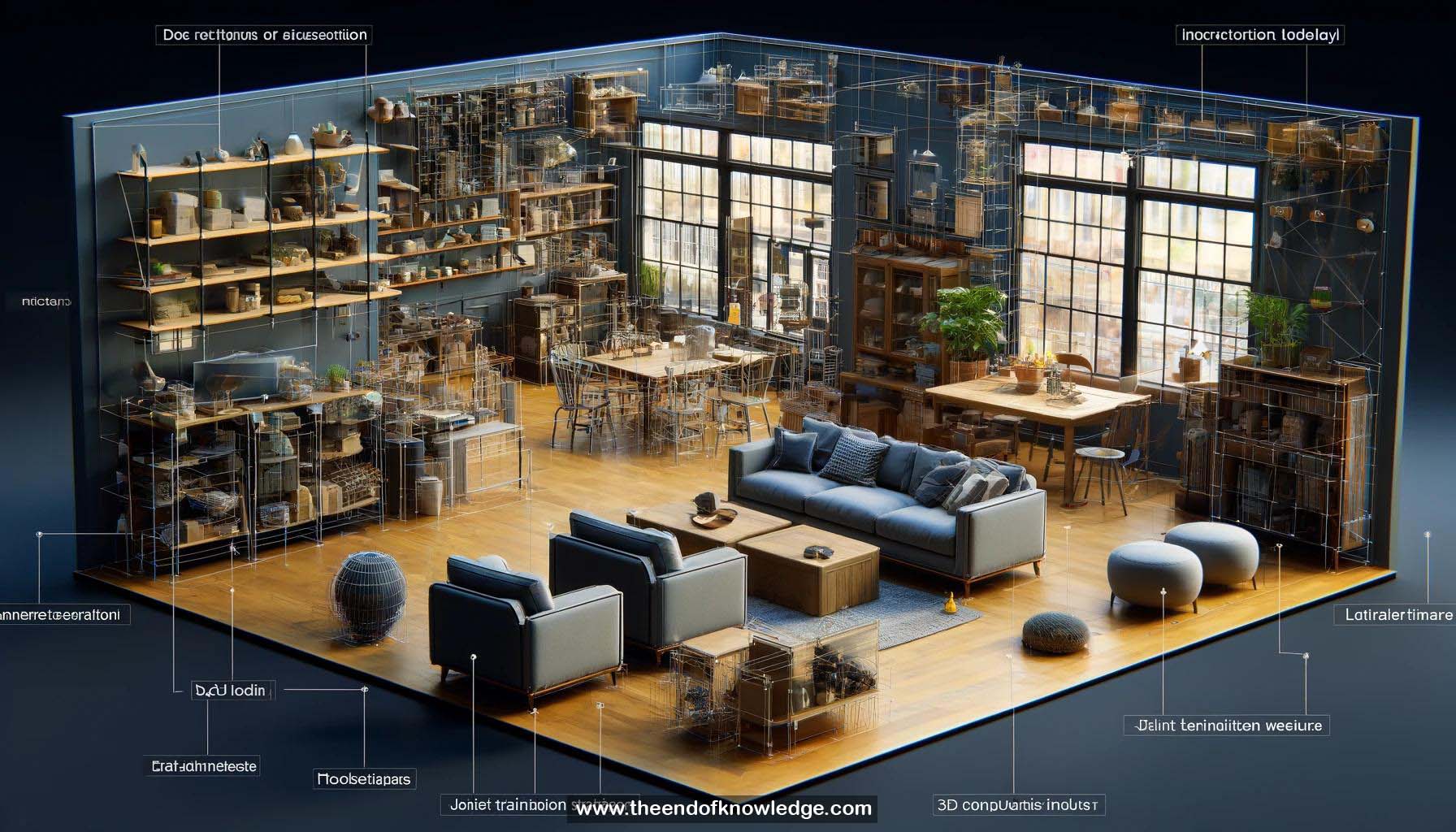 >
>
Concept Graph & Resume using Claude 3 Opus | Chat GPT4o | Llama 3:
Resume:
1.- Total 3D Understanding: Joint reconstruction of room layout, object poses, and meshes from a single indoor scene image.
2.- Three modules: Room layout estimation, object bounding box prediction, and 3D mesh generation for each object.
3.- Joint training: Embedding outputs from the three modules to produce a semantically enriched 3D scene.
4.- 2D object detector: Generates 2D bounding boxes from the source image.
5.- Geometric and appearance features: Extracted from 2D detections using ResNet.
6.- Attention module: Obtains relational feature from the target object to its surroundings.
7.- 3D object detector: Regresses bounding box parameters (size, orientation, location) in the camera system.
8.- Layout estimation: Similar structure to the 3D detector, generates layout bounding box parameters.
9.- Mesh generation: Predicts and modifies mesh topology to approximate 3D shape for each object.
10.- AtlasNet: Used to regress 3D shape from a template sphere by concatenating appearance feature and detector category code.
11.- Edge classifier: Removes redundant faces to make shape topology identical to the ground truth.
12.- Inference: Transforms object meshes from canonical to camera system, then to room layout in the wall system.
13.- Results: Tested on single and multiple object images, compared with state-of-the-art methods.
14.- Smooth surfaces and better topology quality achieved for single object cases.
15.- Visually-appealing object meshes with reasonable placement maintained for multiple object images.
16.- Quantitative evaluation: Conducted on layout estimation, 3D object detection, object pose estimation, and mesh reconstruction.
17.- Joint training strategy: Consistently improves the method on each metric and enriches the state-of-the-art.
18.- Ablation study: Explores the effects of each design in the network.
19.- Relational feature and joint training: Contribute to scores in layout estimation, 3D detection, and mesh generation.
20.- Novel topology modifier: Provided for mesh generation.
21.- End-to-end 3D scene understanding and mesh reconstruction solution.
22.- Complementary role of each component demonstrated through joint training strategy.
23.- State-of-the-art performance reached on each task.
Knowledge Vault built byDavid Vivancos 2024